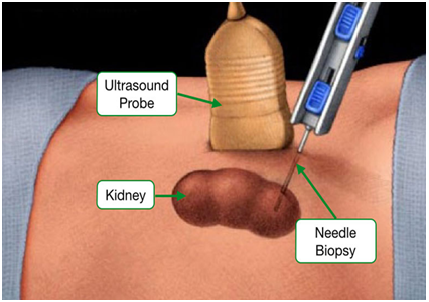Education
Sampling
Sampling
To study the structure of organs, small pieces of them ,sized 1 to 2 mm are needed, which are called sampling and the tissue piece itself is called specimente . Sampling or biopsy is done in two ways:
Sampling of living organisms
This is called a biopsy and is done using special needles
Sampling of the corpse
Performed immediately after death, called an autopsy.
Biopsy
On one hand Samples taken from the body, must retain their properties and, on the other hand, they must be prepared for sliding and microscopic examination and then for archiving or further study. One of the important factors in tissue processing is the size of the tissue pieces prepared by the doctor or pathologist.
The larger the pieces are, the more time needed so, tissue samples should know the maximum allowed size and try to cut the pieces conforming to that size to achieve uniform results. For example, sometimes it is needed that the center or the surrounding or both of them should be biopsied .Sometimes new lesions and sometimes old ones have specific findings. The thickness of the sample varies according to the proposed diagnosis. For example, for diagnosing paniculitis (inflammation of the hypodermis) it is necessary to sample the depth of the hypodermis.
Sometimes it is necessary to have an example of a non-affected area for comparison. Sometimes secondary changes occur in some areas that affect the main pattern of the disease. The smaller the tissue thickness and the length, the better the penetration of the fixators to the tissue . The average thickness of the texture for normal procedure is 3-5 mm and the appropriate surface is 3-10 cm. For example, it is better to prepare a prostate tissue sample with a thickness of 0.5 mm and a cross section of 10 x 10 mm square.
-sectional sampling of kidney tissue

 فارسی
فارسی


